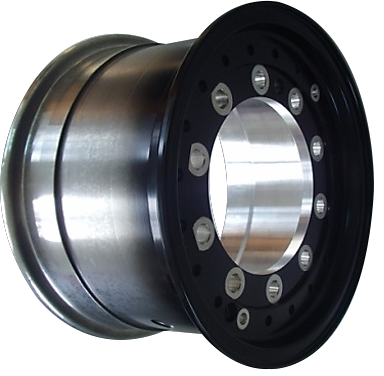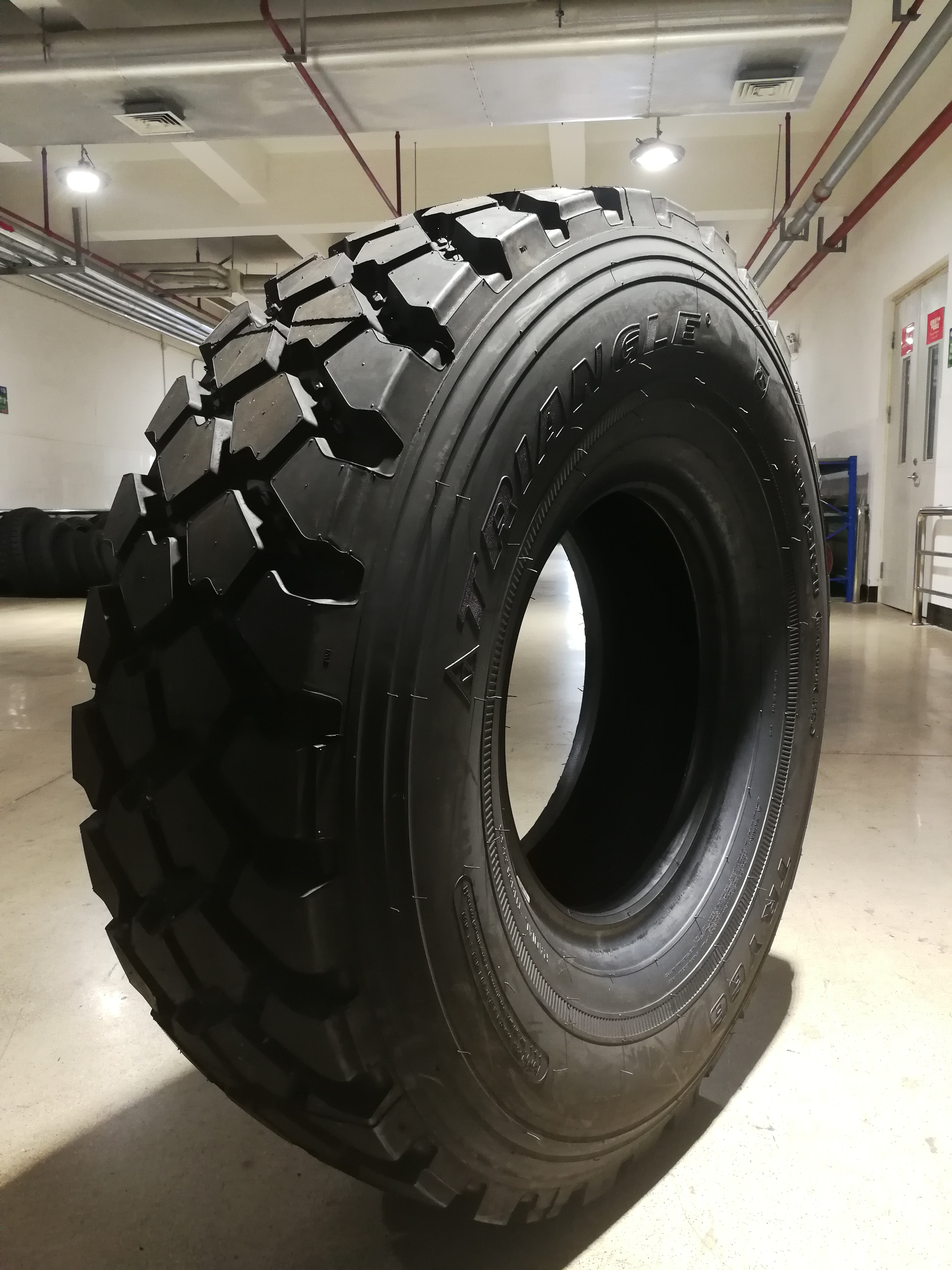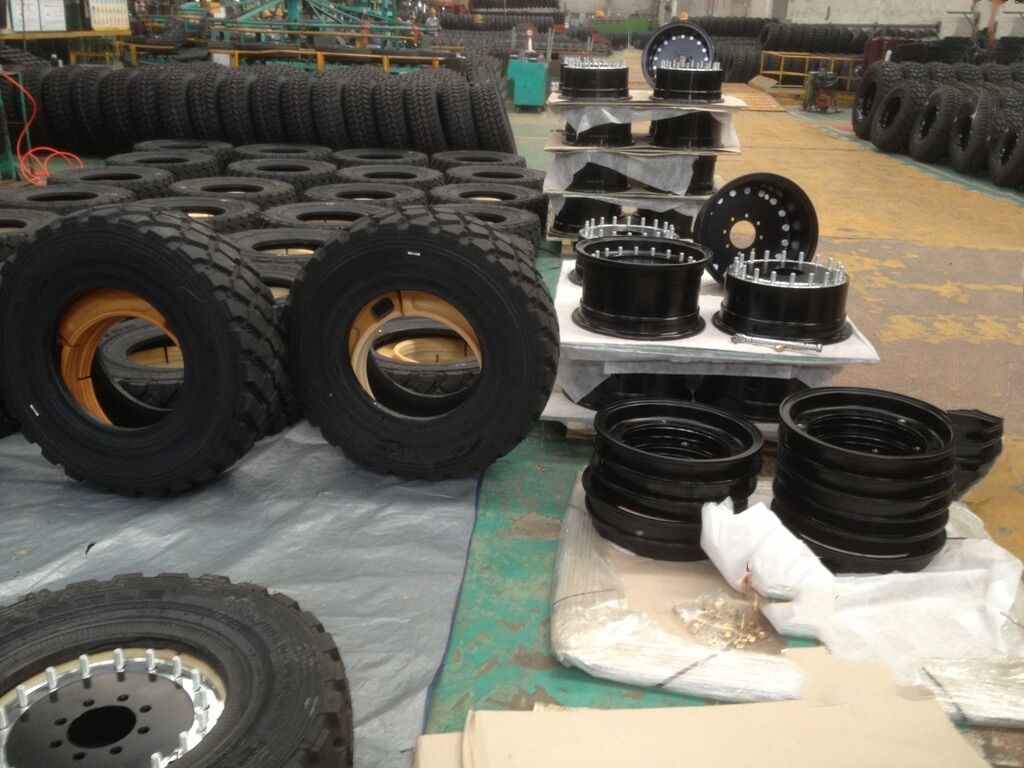self drive automobile
Self drive automobiles represent a revolutionary advancement in transportation technology, combining sophisticated sensors, artificial intelligence, and advanced navigation systems to enable vehicles to operate without human intervention. These vehicles utilize an array of technologies including LiDAR, radar, cameras, and GPS to create a comprehensive understanding of their environment. The primary computer system processes this data in real-time, making split-second decisions about steering, acceleration, and braking. These vehicles can navigate complex road conditions, interpret traffic signals, recognize pedestrians, and adapt to changing weather conditions. The technology incorporates machine learning algorithms that continuously improve performance through experience. Safety features include emergency braking systems, lane-keeping assistance, and predictive collision detection. The vehicles can communicate with other autonomous vehicles and smart infrastructure, creating a connected ecosystem that enhances traffic flow and reduces accidents. Modern self drive automobiles also feature user-friendly interfaces that allow passengers to monitor the vehicle's status, set destinations, and override autonomous functions when necessary. These vehicles are equipped with redundant systems to ensure safety in case of component failure, making them increasingly reliable for everyday transportation needs.


